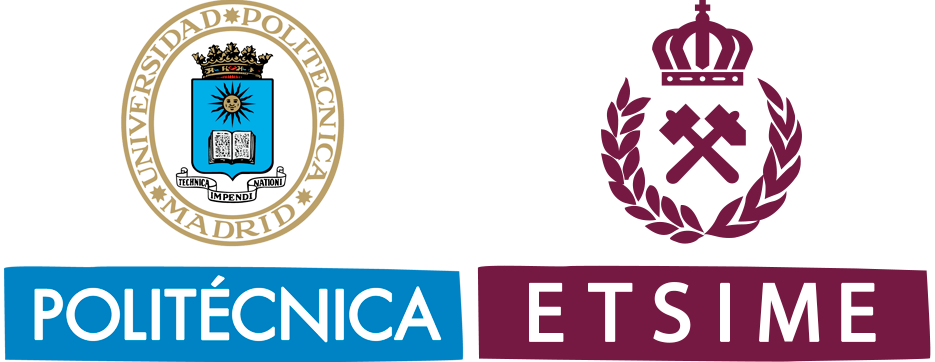The research fields covered by the LMA are basically those related to mineral resources, both from the point of view of fundamental and applied research, although specific applications can also be developed in other fields, such as materials, metallurgy, geotechnics or the environment. Natural, direct applications include mining exploration, modeling of mineral deposits, metallogeny, mineralogy of metallic ores or Geometallurgy, among others.
- Microscopic study and characterization of materials, rocks and ores by transmitted and reflected light, including the quantification of optical, morphological, granulometric and industrial parameters by digital image analysis. An important aspect of these applications is their contribution to sustainability and ethics in the mining industry. Indeed, the precise and quantified documentation of mineral intergrowths allows not only a greater yield of its benefit, but also the detection of harmful substances whose presence must be controlled to protect the environment, such as pyrite in coal or penalized substances in waste dumps. .
Follow this Link to know the fees applicable to microscopic studies.
Follow this Link to know the fees applicable to sample preparation.
- Studies applied to the orientation of mining exploration activities.
- Mineral genesis, including petrography and microthermometry of fluid inclusions. The problems classically addressed by mining research and metallogeny, such as mineral genesis, deposit modeling or support for mining exploration, are also integrated into the daily work of the laboratory through the completion of doctoral theses, master's theses and projects. . For this, techniques are available such as petrography and microthermometry of fluid inclusions, ore microscopy, geochemistry, XRD, stereomicroscopy, image analysis, etc., although large external facilities are also used for isotopic geochemistry, geochronology, electron microprobe, Raman spectroscopy. , etc., thanks to collaborative relationships with associated groups and laboratories.
- Applied Mineralogy and Petrology. Applications to all fields and, particularly to Mineral Resources.
- Coal Petrography. Through the application of Coal Petrography techniques, developed thanks to the collaboration of the CSIC (Coal Institute, Oviedo), support is provided to the Administration for the control of the commercial circuits of this raw material, through the characterization of deposits. of origin.
- Support for the solution of mineralogical problems and the industrial use of minerals and rocks through Digital Image Analysis. Support for Geometallurgy. The growing popularity of Geometallurgy is the result of the heightened awareness of the geological nature of many of the problems related to the concentration of metallic ores or the processing of industrial minerals, traditionally addressed by metallurgical engineers, often without geological training. The application of the described techniques for automated recognition and quantification of metallic ores allows establishing a bridge and expressing in technical language important mineralogical information that can be decisive for the success of the process, but that is frequently ignored due to lack of the necessary tools or because its acquisition with manual methods would involve an unbearable amount of work for humans (millions of measurements under the microscope).


